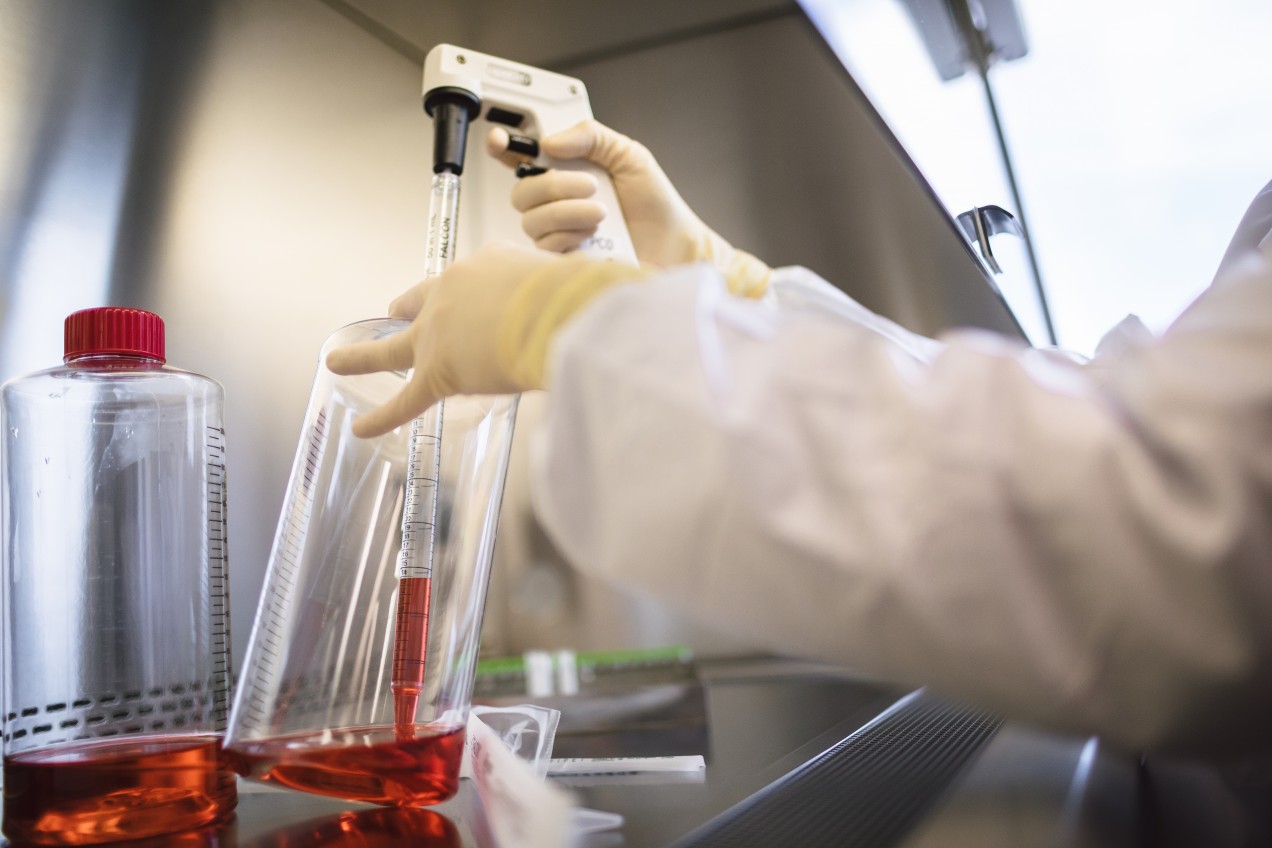

Biotechnology
An $850,000 Price Tag on Gene Therapy Shouldn’t Freak You Out—Yet
Think of gene replacement drugs as “buying vs. renting” medicine, say experts.

The $850,000 price of a newly approved gene therapy for blindness stunned patient advocates, but the sticker shock could quickly wear off.
Many costly drugs need to be purchased year after year. But gene therapies are given only once, with potentially permanent effects.
Mark Trusheim, who directs MIT’s New Drug Development Paradigms program, says gene therapies are moving medicine from a model of “renting” treatments to one of “buying” long-term health improvements.
“The challenge is like going from being an apartment renter to a condo buyer and being shocked at [the] purchase price,” he says.
Philadelphia-based Spark Therapeutics said yesterday that it planned to charge $425,000 per eye for Luxturna, the first gene therapy for an inherited disease to reach the U.S. market.
David Mitchell, founder and president of the advocacy group Patients for Affordable Drugs, is concerned that the treatment will be out of reach for people with high-deductible health plans and would bankrupt those without insurance.
Hardly anyone pays the full price of drugs out of pocket, however. What’s more, the overall impact on health insurers won’t be large because the disease the drug treats is extremely rare.
One insurer, Harvard Pilgrim Health Care, which covers 2.7 million people in New England, has already signed on to pay for Spark’s therapy.
The biotech company says it is looking for ways to soften the blow. It says it may give insurers a rebate if patients’ vision gets worse within two and a half years, and it is working with Medicare and Medicaid so that the U.S. government can pay in installments.
Spark’s Luxturna was approved by the U.S. Food and Drug Administration in December for patients who have a genetic mutation in the RPE65 gene, which causes degenerative retinal disease.
The therapy, which is injected into the eye, contains millions of engineered virus particles containing correct copies of the gene. The treatment improves vision but doesn’t fully restore it.
Ken Mills, CEO of Regenxbio, a gene therapy company based in Rockville, Maryland, says Luxturna’s high price may not reveal much about what future gene therapies will cost.
“If you look at the history of biotech, the first approved products don’t necessarily define what the market is,” he says.
The real test may come when Spark and other companies start winning approval to sell gene-replacement therapies for diseases like hemophilia and sickle-cell anemia, which affect tens of thousands of people in the U.S.
Mitchell says he isn’t optimistic that prices of gene therapies will come down. “The drug companies are still going to charge what they think they can get away with,” he says.